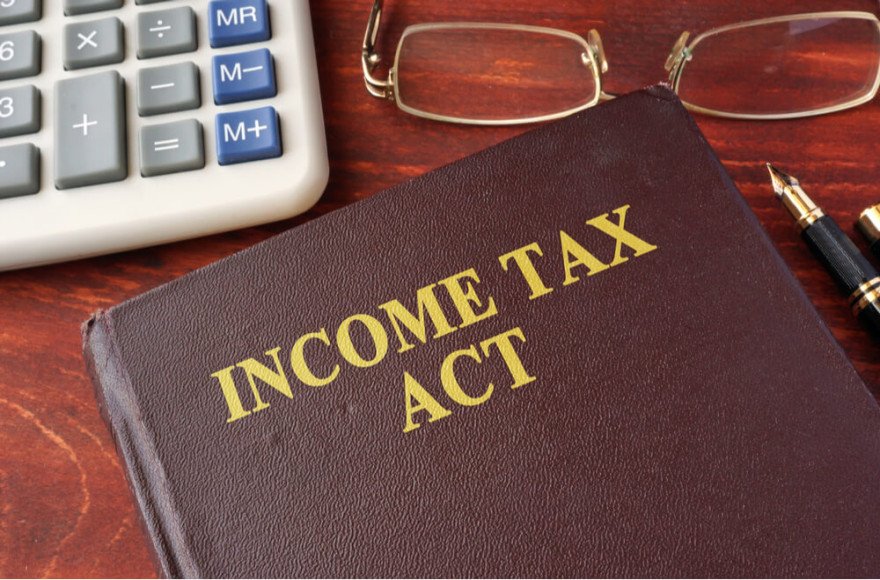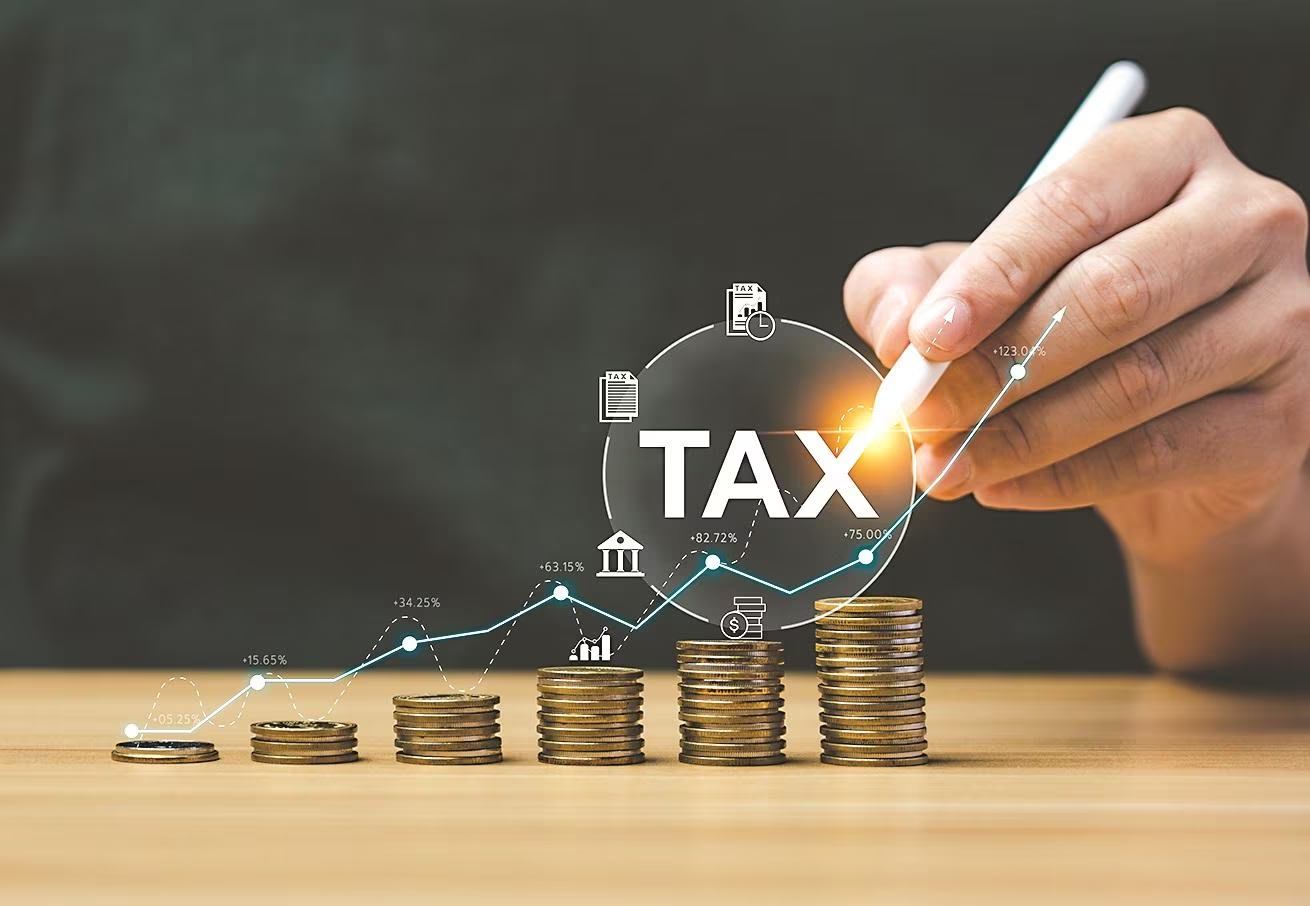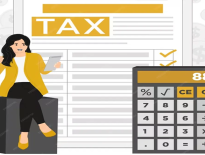Share

Section 143(1) of the Income Tax Act, 1961 is essentially a computer-generated automated message which lets the taxpayer know of any error that exists in his/her tax filing. It also tells the taxpayer if he/she has any interest that is payable. Anytime someone receives a notice from the Income Tax Department, there seems to be an overwhelming sense of trepidation that goes with it. Just looking at such envelopes can bring thoughts of impending fines and appearances and adds to the stress of daily life. But not all notices come bearing bad news. While some bear great news such as tax refunds, there are a few that are more of an announcement or statement of facts and have no positive or negative impact. One such notice is the Intimation under section 143(1). This notification is a computer generated message stating any errors made or any interest found payable or refundable. This message is generated automatically and has no human intervention. These intimations are often sent via email within a time frame of 1 year from the financial year in which the return was filed.
The details submitted to the tax department and the details considered by the department to process the tax return are summarized in the Intimation u/s 143(1). The following are the details present in the Intimation u/s 143(1):
- Sequence number of refunds
- Details of assesses, such as name, address, etc.
- As per Tax Department, the tax computed under section 143 (1)
- Other details related to Income Tax filing, such as filing date, acknowledgement number, etc.
- The tax calculation as provided in the Income Tax return
When does One Receive an Intimation under Section 143(1)?
The below three instances are the primary reasons for having an intimation notice generated:
- If the taxpayer has paid extra tax then the notification will mention the amount of tax refund. If the refund value is above Rs.100, then the refund will be paid out to the taxpayer. Refund values below Rs.100 will not be paid out.
- If the taxpayer has paid taxes, which after computation are found to be short, then the notice will state the amount of tax due by the taxpayer and will also enclose a challan for the same payment.
- A simple notice which states that the tax returns filed by the taxpayer fall in line with the computation made by the assessing officer. In such cases no specific intimation is sent to the assessee and the assessee should treat the ITR V acknowledgement of filing of return of income as the intimation notice.
Till when can I receive intimation u/s 143(1)?
Intimation can be received up to one year from the end of the financial year in which the return is filed. For example, if the return for the year 2021-22 was filed on 18 June 2022, then the financial year ends on 31 March 2023, and you can receive intimation till 31 March 2024 and not after that. The response should be submitted within the specified timeframe in case any action required to avoid legal complication.
What if no intimation is received till the expiry of one year?
Your ITR–V acknowledgment will be considered your intimation; in case you do not receive intimation till expiry of one year from the end of the financial year in which you have filed your return.
How is the intimation u/s 143(1) received?
Here are the required details regarding how the intimation is received:
- Intimation is received in your registered email ID
- This email ID is the same one that you provided during registration on the income tax website or at the time of filing income tax returns online
- The Central Processing Centre (CPC) is the sender of these emails
- Sender ID is intimations@cpc.incometax.gov.in
- Text message is also sent to the recipient to their registered mobile number.
What is the password to open intimation u/s 143(1)?
To open the intimation u/s 143(1) you need to enter the correct password to access the file. The password for these files is your PAN number in lower case and your date of birth in DDMMYYYY format. For example, if your PAN number is MARGK5108Q and your date of birth is 11 October 1984, then the password will be ‘margk5108q11101984’.
How to get the Intimation u/s 143(1) again?
The following are the steps to get intimation u/s 143(1) again, on case you are not being able to receive your intimation on your registered mail ID:
- Visit the e-filing portal
- Log into the portal by entering your login credentials
- Click on the ‘Income Tax Return’ option under ‘e-file’ option
- Click on ‘View Field’
- New page will appear showing the filed returns
- Click on the ‘Download Intimation Order’
Check the following points when you receive an intimation u/s 143(1)
The following are the points that you must check when you receive an intimation u/s 143(1):
- The document identification number in the intimation
- Name on the intimation
- Check whether the deduction claimed under 80C, and sections are considered or not
- Income is mentioned under appropriate head
- Check whether the income is repeated or not
- Check whether any rebate claimed or allowable, or relief u/s 89, 90/90A/91 are considered in the intimation or not
- Self-Assessment Tax paid and TDS/TCS claimed Advance Tax paid in the computation by CPC (Central Processing Centre)
How to deal with Intimation under section 143(1)?
- Firstly, a taxpayer should not fret if they receive such an intimation. They should check for particulars and see if the details mentioned do belong to them such as name, PAN number, and assessment year.
- The second step would be to check if the notice was sent either due to tax refundable or tax payable. In cases of tax refundable, only those values exceeding Rs. 100 will be refunded and this refund will be paid out in due course of time without the taxpayer having to provide any additional details.
- If the notice was sent due to tax payable, then the taxpayer needs to see the cause of discrepancy. These causes may be due to simple arithmetic errors, inadequate documents submitted, undeclared sources of income, or deductions filed under the wrong sections.
- If the computation seems satisfactory, then the taxpayer must proceed to pay the tax difference immediately but if the taxpayer is unhappy with the computation made and would like to refute the notice then they can consult with a competent CA and contact their income tax officer.
FAQs on Intimation Under Section 143(1) of Income Tax Act
- How to open intimation u/s 143(1)? – To open intimation u/s 143(1) use your PAN and date of birth as password. For example, if your PAN is DARGK6914q, and your birth date is 3rd October 1993, then the password will be dargk6914q03101993.
- How will I receive Section 143(1) notice from the IT Department? – You will receive the Section 143(1) notice from the Income Tax Department through email with the subject line ‘Your ITR intimation’ and you will also receive an SMS alert informing that intimation notice has been sent to your registered email ID.
- How to file rectification for intimation u/s 143(1)? – Log in to your income tax portal account to rectify the intimation u/s 143(1) and click on the Service tab. Select the rectification option and choose relevant A.Y. and file.
- What to do if there is no mismatch in an intimation u/s 143(1) notice, demand, or refund? – If there is no mismatch in an intimation u/s 143(1) notice, demand, or refund, then you need not do anything, as it means that the ITR has been processed successfully.
- Is intimation u/s 143(1) an assessment order? – No, intimation u/s 143(1) intimates about the processing of the return, and hence, it is not an assessment order.
- If I have zero refunds and tax demand, and proper sync on the taxpayer and 143(1) section columns, then do I need to reply to 143(1) intimations? If you have zero refunds and tax demand, and proper sync on the taxpayer and 143(1) section columns, then you need not reply.
- Can I revise the income tax return after receiving the intimation u/s 143(1)? – Even after receiving intimation u/s 143 (1), you can revise your income tax return by 31 December of the relevant assessment year.
- Is the tax assessment order and intimation u/s 143(1) the same? – No, the intimation u/s 143(1) and the tax assessment order are not the same.
- Can I use intimation u/s 143(1) as address proof? –Yes, you can use the intimation u/s 143(1) as an address proof.
Related Posts
SEARCH SMECONNECT-DESK
RECENT POST
- Finance Minister Boosts MSME Lending with Rs 1.5 Lakh Crore Increase in Public Sector Bank Targets for FY25
- Golden Visa Shake-up: Spain, Portugal, and Switzerland Phase Out Schemes While Hungary Reintroduces Residency Pathways
- Bank of Baroda Expands Branch Network and Strengthens Retail, Agriculture, MSME Focus
- PSBs to focus on accelerating pace of lending to agriculture & MSMEs
- Agricultural exports flat in first half:







